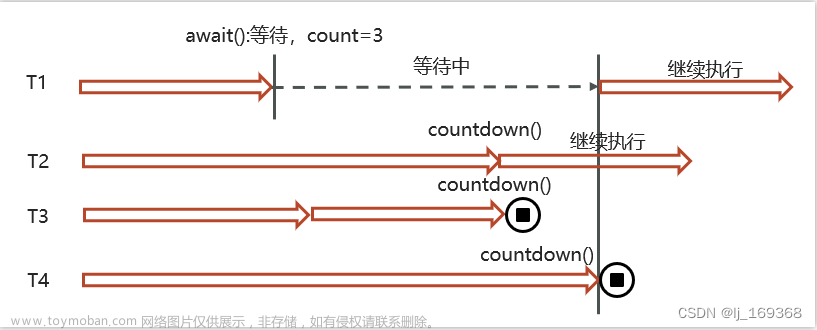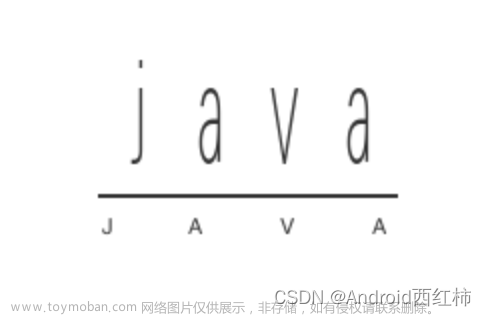1. 背景
在项目开发中, 通常会有异步执行操作, 例如: 提交一个异步清空一系列数据库中ID = ${_id} 的记录, 这个时候通常的做法是主线程将任务添加到一个异步队列中, 后台维护一个线程不断地循环扫描这个队列, 如果有需要执行的任务, 则执行相应的逻辑. 如下图所示:
2. 一个简单的异步执行方法
代码实现如下所示:
public class AsyncExecutor {
private static final Deque<AsyncTaskEntity> taskQueue = new ConcurrentLinkedDeque<>();
public AsyncExecutor() {
Thread thread = new Thread(() -> {
while (true) {
try {
if (taskQueue.isEmpty()) {
// 休眠50毫秒
ThreadUtil.sleep(50);
continue;
}
AsyncTaskEntity entity = taskQueue.pollFirst();
execute(entity);
} catch (Exception e) {
LOGGER.error("异步执行任务出现异常!", e);
}
}
});
thread.setName("异步任务执行器");
thread.start();
System.out.println("analysis异步队列任务启动完成!");
}
public static <T> void asyncExecute(AsyncTaskEntity<T> entity) {
taskQueue.push(entity);
}
}
/**
* 队列中任务对象封装
*/
@Data
public class AsyncTaskEntity <T>{
// 消费的参数
private T param;
public AsyncTaskEntity(T param){
this.param = param;
}
}
有了上面的异步执行器之后, 这里我们写一个main方法, 在main方法中通过异步的方式执行一些任务:
public class Main{
public static AsyncExecutor asyncExecutor = new AsyncExecutor();
public static void main(String[] args) throws Exception;{
for(int i = 0;i<10;i++){
asyncExecutor.asyncExecute(new AsyncTaskEntity<Integer>(i));
}
Thread.sleep(10_000);
}
}
到此为止一个简单清晰的异步调用逻辑就已经写完了. 但是现在不得不考虑一个事情, 异步线程中while(true)会一直空转, 即使没有任务。因此下面我们使用wait - notify进行优化
3. 优化版本1 - 使用wait - notify
wait - notify是Object对象中为我们提供的两个native方法, 这两个方法只能在synchronized关键字修饰的同步代码块中使用。Thread.sleep()方法不会释放锁,wait()方法会释放锁,直到被其他线程notify之后,才会重新获得锁。我们对上述异步队列进行改造:
public class AsyncExecutor {
private static final Deque<AsyncTaskEntity> taskQueue = new LinkedBlockingDeque<>();
public AsyncExecutor() {
Thread thread = new Thread(() -> {
while (true) {
synchronized(this){
try {
if (taskQueue.isEmpty()) {
this.wait();
}
AsyncTaskEntity entity = taskQueue.pollFirst();
execute(entity);
} catch (Exception e) {
LOGGER.error("异步执行任务出现异常!", e);
}
}
}
});
thread.setName("异步任务执行器");
thread.start();
System.out.println("analysis异步队列任务启动完成!");
}
public synchronized <T> void asyncExecute(AsyncTaskEntity<T> entity) {
taskQueue.push(entity);
this.notify();
}
}
经过上面改造之后,当后台队列中任务为空时,轮训扫描线程就会进入到this.wait()逻辑,此时会释放synchronized获取到的this锁。因此调用asyncExecute()方法会正常的获取到this锁。当push数据之后,执行了notify,便会唤醒一个当前this上正在wait()的线程。这种方式就避免了占用资源始终空转的问题。文章来源:https://www.toymoban.com/news/detail-700038.html
其实结合线程的三种核心状态可以更好的理解,当调用wait()方法时,该线程会放弃CPU执行权,进入到阻塞状态,直到被其他线程唤醒(notify())。文章来源地址https://www.toymoban.com/news/detail-700038.html
到了这里,关于Java高并发系列: 使用wait - notify实现高效异步方法的文章就介绍完了。如果您还想了解更多内容,请在右上角搜索TOY模板网以前的文章或继续浏览下面的相关文章,希望大家以后多多支持TOY模板网!








